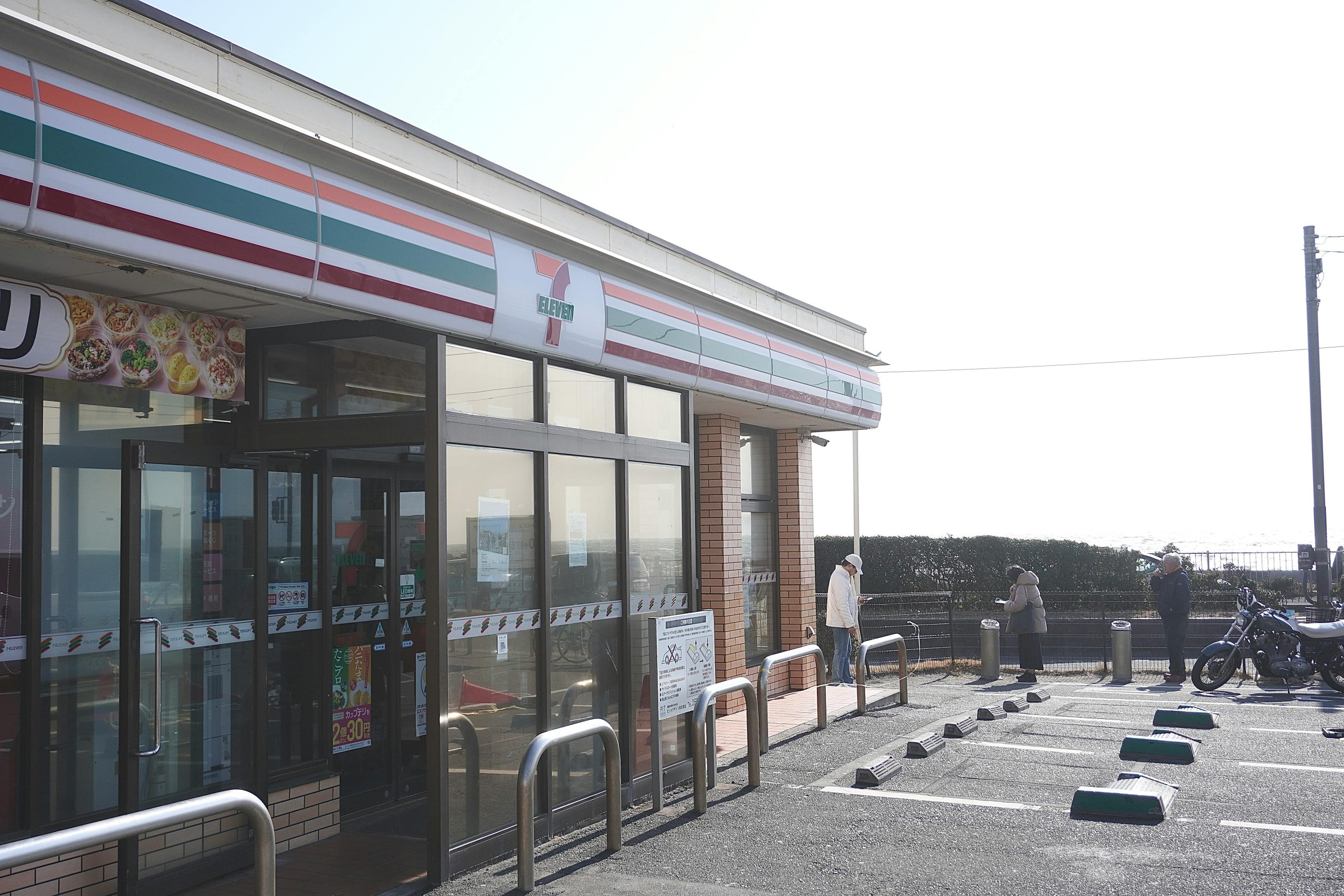Hyper-Personalized Storefronts: When Retail Spaces Know You
Imagine walking into a retail store and being greeted by name, offered your favorite products, and guided to the exact items you were looking for. Sounds like a dream, right? Well, thanks to hyper-personalized storefronts, this dream is slowly becoming a reality. Hyper-personalization is the next big revolution in the retail industry, and it is all about creating an individualized shopping experience for each customer. In this article, we will explore the concept of hyper-personalization and how it is revolutionizing the way we shop.
The Rise of Hyper-Personalized Storefronts
With the rise of digitalization and increasing competition, retailers are constantly looking for ways to stand out and attract customers. One effective way to achieve this is through hyper-personalization. Unlike traditional personalization, which is based on demographics and generalizations, hyper-personalization takes into account an individual’s purchasing history, online behavior, and preferences to provide a truly personalized shopping experience.
The use of technology and data analytics is the key to implementing hyper-personalization in retail spaces. Retailers can collect customer data through various touchpoints, such as online purchases, loyalty programs, and social media interactions. This data is then analyzed to create a detailed customer profile, which is used to offer personalized recommendations and promotions.
With the help of artificial intelligence and machine learning, hyper-personalization can also be implemented in physical stores. This is where the concept of hyper-personalized storefronts comes into play.
What Are Hyper-Personalized Storefronts?
Hyper-personalized storefronts are physical retail spaces that use technology to provide a personalized shopping experience to each customer. These storefronts are equipped with various sensors, cameras, and other devices that collect real-time data on customer behavior and preferences.
For instance, a customer may walk into a store, and the sensors will detect their presence and pull up their profile from the store’s database. The customer will then be greeted with a personalized message on digital displays and guided to the areas of the store that are most relevant to their interests.
Moreover, hyper-personalization also extends to product recommendations and promotions. For example, if a customer has previously shown interest in a particular brand or product, the storefront can display targeted promotions and suggestions related to that specific item.
The Benefits of Hyper-Personalized Storefronts
Hyper-personalized storefronts offer several benefits for both retailers and customers. Let’s take a look at some of them:
1. Enhanced Customer Experience
With hyper-personalization, customers feel like their needs and preferences are being heard and catered to. This can greatly enhance their shopping experience and make them more likely to make a purchase. Moreover, with personalized recommendations and promotions, customers are more likely to find products that they actually need and want.
2. Increased Customer Engagement
Hyper-personalized storefronts allow for a two-way interaction between the store and the customer. Customers can provide feedback and preferences, which can be used to further enhance their shopping experience. This level of engagement can create a sense of loyalty towards the brand and lead to repeat purchases.
3. Improved Sales and ROI
With hyper-personalization, retailers can increase their sales by providing customers with relevant and personalized recommendations. This can result in an increase in average order value, as customers are more likely to purchase additional items recommended to them. Moreover, with increased customer engagement and loyalty, hyper-personalized storefronts can lead to a higher return on investment for retailers.
The Future of Retail: Hyper-Personalization
As the retail industry continues to evolve, hyper-personalization is expected to become the norm. With technology advancing at a rapid pace, the possibilities for hyper-personalized storefronts are endless. In the future, we can expect to see features such as virtual try-on, augmented reality, and interactive displays, taking the personalized shopping experience to the next level.
However, with great technology comes great responsibility. Retailers must ensure that they are transparent about the data being collected and how it is being used. Customer privacy and security must be a top priority to maintain trust and loyalty.
The Bottom Line
Hyper-personalized storefronts are changing the retail landscape, offering a more personalized and seamless shopping experience for customers. With technology at the forefront, hyper-personalization is constantly evolving and has the potential to shape the future of retail. As customers continue to demand individualized experiences, retailers that embrace hyper-personalization will have a competitive edge and stay ahead of the game.











